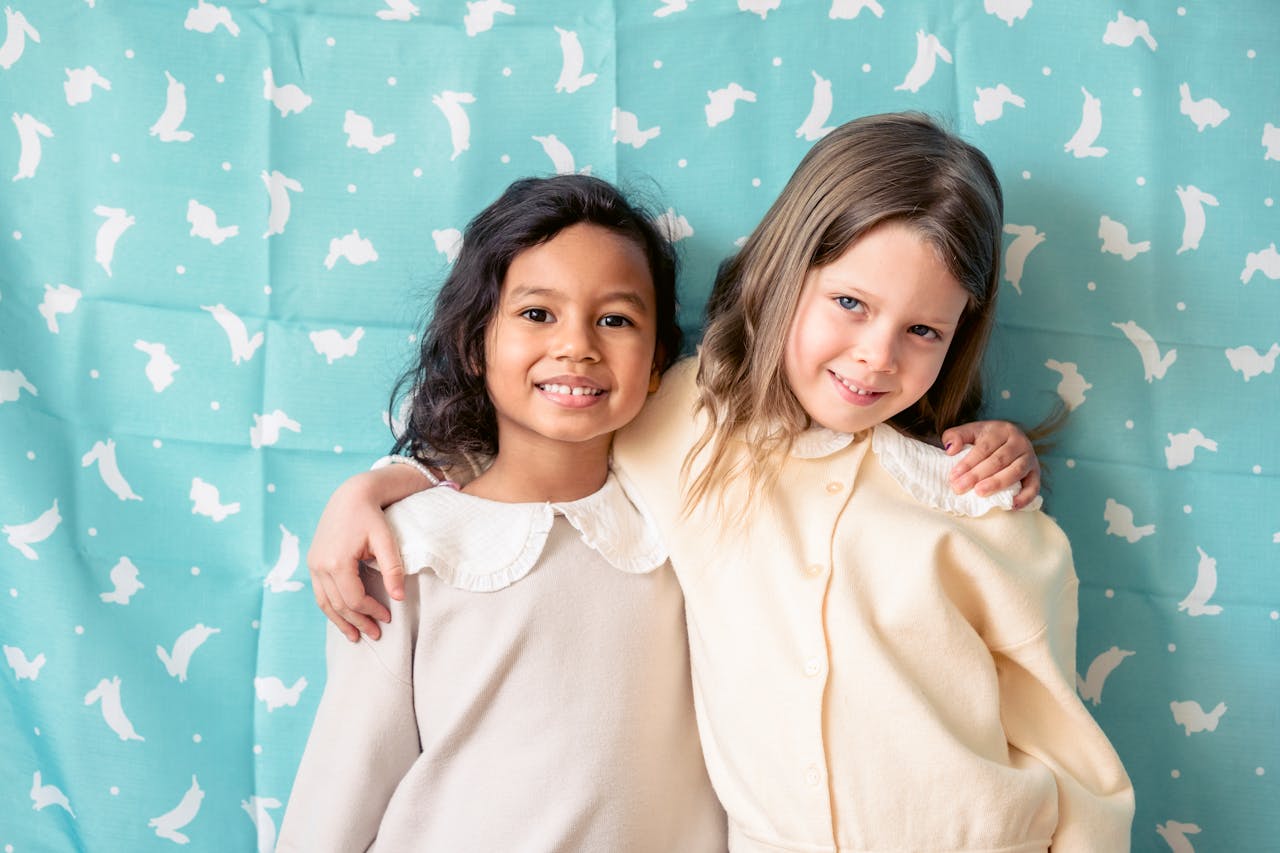
Disclosure – this is a collaborative post.
Generosity is one of those values you can’t just tell kids about — they have to see it, feel it, and practice it in real life. When children witness generosity, especially from the people they look up to, they gain lessons that last far beyond childhood.
In many families, giving shows up in small ways — sharing a snack, helping a neighbor, or offering comfort to a classmate. But when parents intentionally involve children in acts of kindness, it becomes a tool for shaping character, building empathy, and teaching kids about the wider world.
Below, we’ll explore what children actually learn when they see generosity modeled every day — and how you can turn these moments into teachable opportunities that stay with them for life.
Generosity Teaches Kids Compassion and Empathy
When children watch adults share their time, money, or resources, they start to understand that other people’s needs matter too. Psychologists say empathy is strengthened when kids have a chance to step into someone else’s shoes — even if only for a moment.
Simple activities work wonders here:
- Packing extra lunches for a school food drive
- Donating gently used clothes or toys
- Writing thank-you notes to community helpers
Each act sends the same message: what you do can make life better for someone else. Over time, these small lessons build a child’s emotional vocabulary and help them notice when others are hurting or left out.
Giving Builds Gratitude and Perspective
Kids live in a world that can feel very “me-centered.” Generosity is a gentle way of shifting their focus outward. When they see others struggling or lacking something they take for granted, they often develop a stronger sense of gratitude for what they have.
One powerful approach is connecting giving to stories. For example, after watching a short video or reading a book about children in different parts of the world, families can talk about what life might be like with fewer resources.
This doesn’t have to be heavy — even a conversation about how some kids walk miles for clean water can spark appreciation the next time your child turns on the tap.
Teaching Kids About Long-Term Commitments to Helping Others
Children also learn that helping others isn’t just about doing something once — it can be a lasting commitment. This lesson is especially powerful when families take part in programs that provide consistent, long-term support for children in need.
One meaningful way to do this is to sponsor a child in need through a trusted organization like Compassion. Sponsorship offers more than financial aid — it provides education, healthcare, nutritious meals, and emotional support. For children at home, the experience becomes tangible when they see letters and photos from the sponsored child, watch their progress, and celebrate birthdays or milestones together.
This creates a real relationship — not just a transaction — and shows kids that generosity can be ongoing, personal, and deeply impactful. Over time, they begin to associate helping others with building connections, not just giving away things.
Generosity Builds a Sense of Community
When kids participate in giving alongside parents, teachers, or friends, they begin to understand that we’re all connected. Community isn’t just the street you live on — it’s a bigger network of people who support one another.
Look for opportunities where generosity is visible:
- Participating in a school fundraiser
- Planting trees during a local clean-up day
- Joining neighbors to prepare care kits for those in need
These shared experiences are powerful because children see that generosity isn’t limited to individuals — it’s a community effort. They also feel proud to be part of something bigger than themselves.
Kids Learn That Giving Feels Good
Generosity isn’t just about sacrifice — it’s also about joy. Researchers call it the “helper’s high”: the natural boost people feel when they’ve done something kind. When kids see adults give cheerfully (not reluctantly), they associate generosity with positive feelings rather than guilt or obligation.
You can amplify this effect by celebrating giving moments:
- Share how helping someone made you feel
- Point out your child’s kind actions and thank them
- Reflect on the impact together (“Because we donated, another child has a backpack for school”)
This helps children internalize generosity as something rewarding, which increases the likelihood they’ll repeat the behavior.
Using Stories and Books to Reinforce the Lesson
Storytelling is one of the most effective ways to help kids grasp abstract concepts like giving and kindness. Books, short films, and even family stories about helping others can spark meaningful discussions.
For younger children, choose picture books featuring characters who help friends, share meals, or solve problems together. For older kids, real-life biographies of people who have dedicated their lives to helping others can be eye-opening.
Pair every story with a small action step: write a card, set aside toys to donate, or brainstorm ways to help classmates. This keeps the lesson active rather than passive.
Wrapping Up: Raising Kids Who Care
Generosity is more than giving away money or things — it’s a mindset that kids carry into friendships, school, and adulthood. When children see generosity firsthand, they learn empathy, gratitude, responsibility, and the joy of making a difference.
Even small, everyday actions can teach powerful lessons. And when families take that extra step — writing letters to a sponsored child, volunteering together, or simply talking about the importance of helping — they’re giving kids something far greater than a good deed: they’re giving them a lifelong compass for compassion.
Disclosure – this is a collaborative post.
